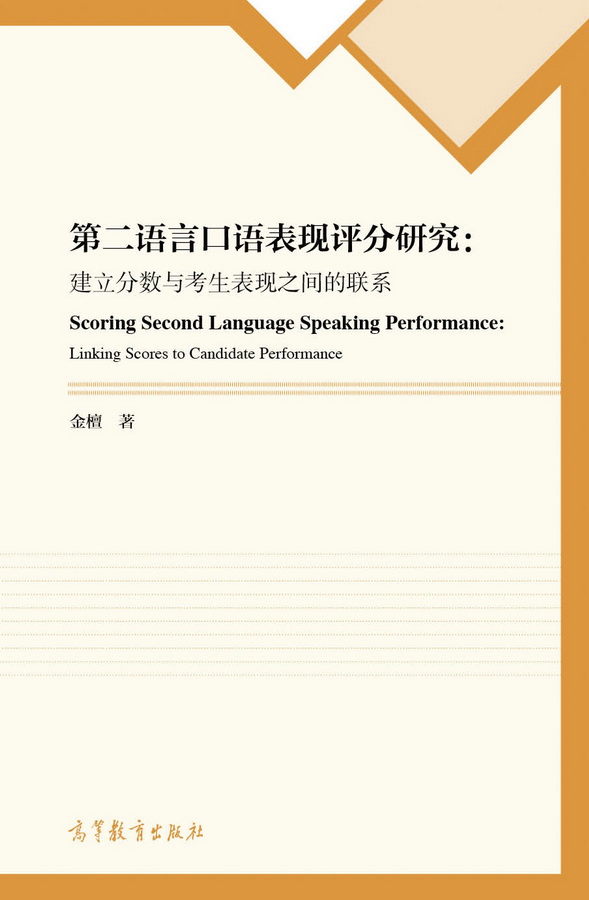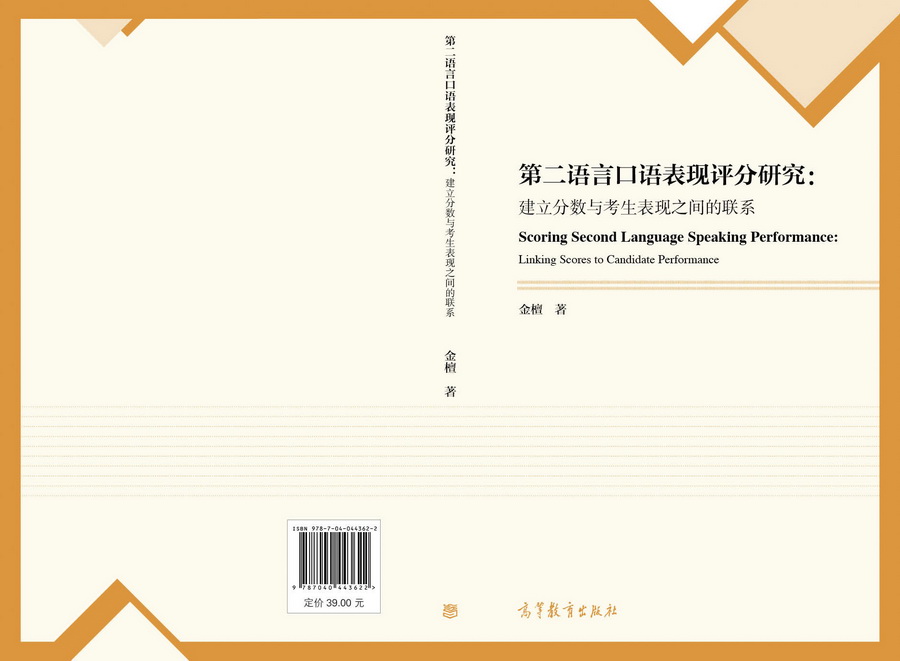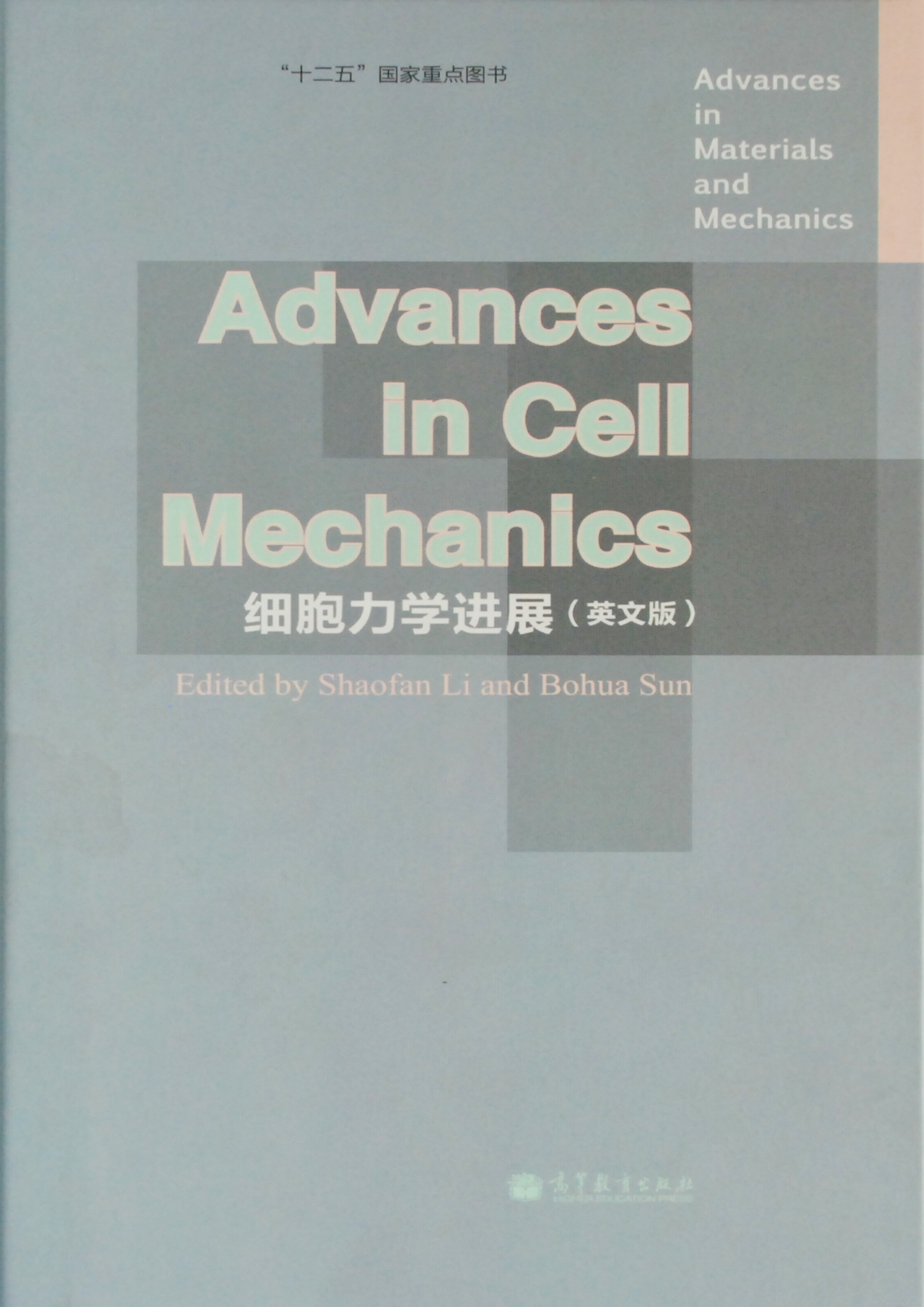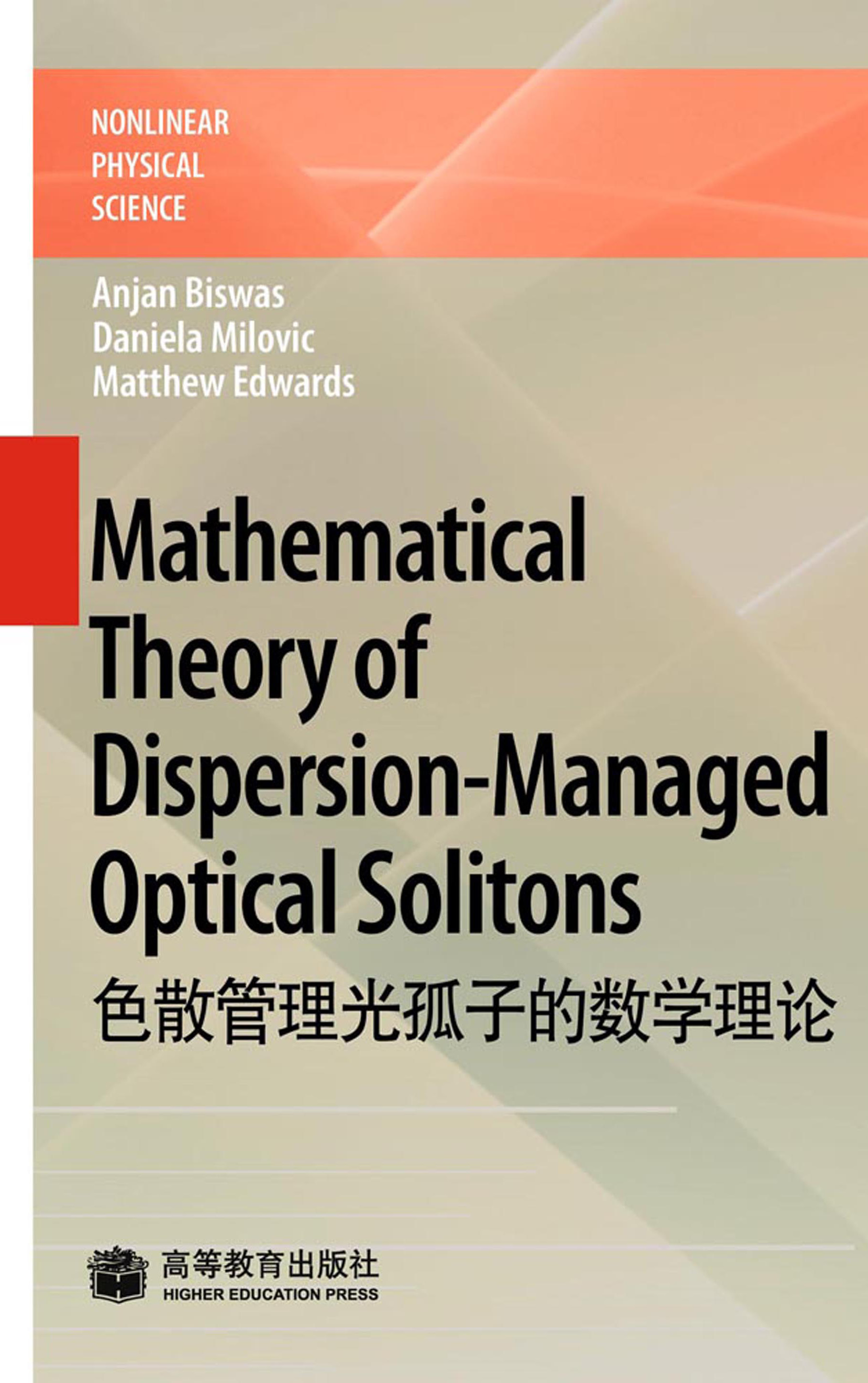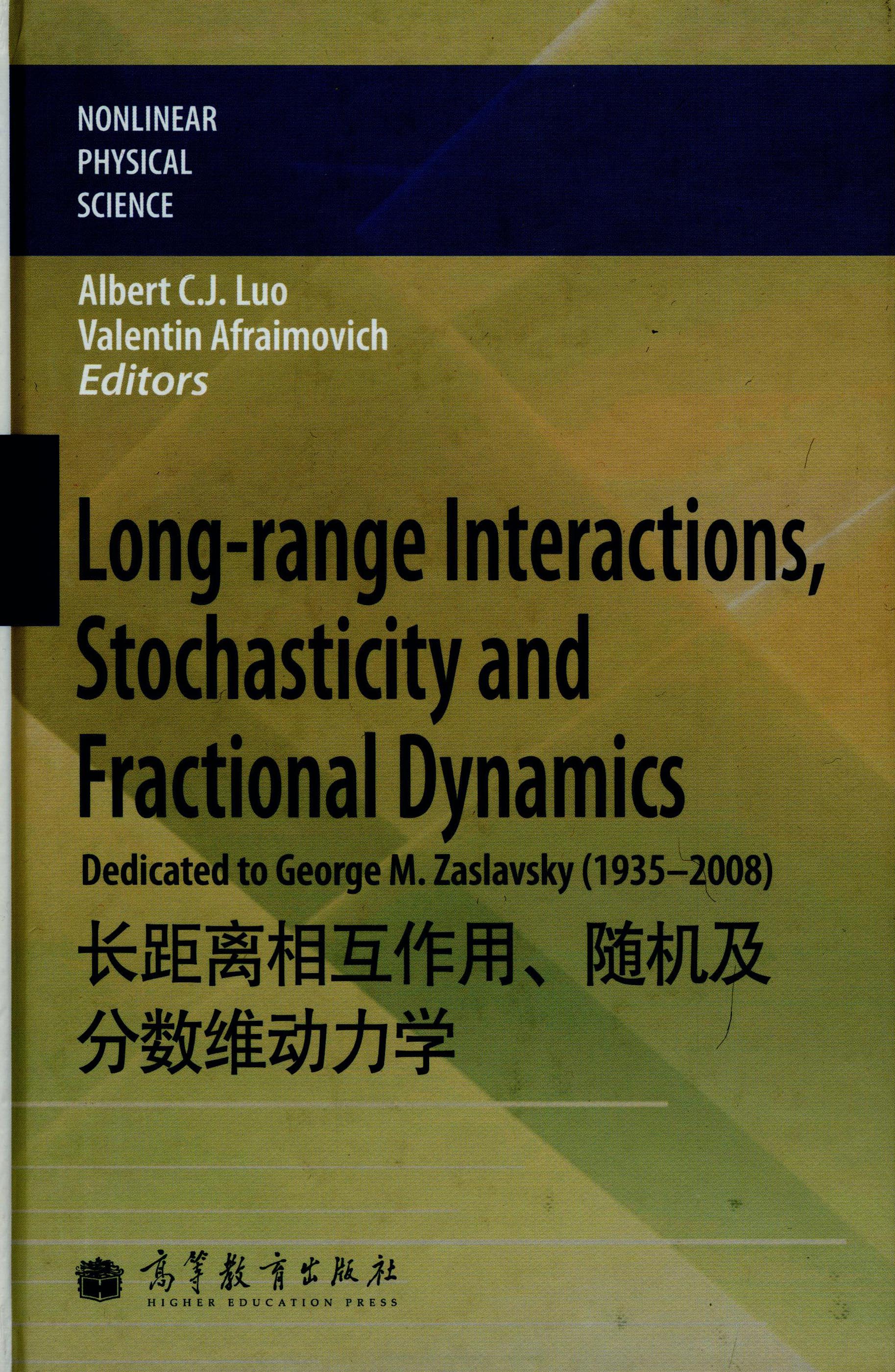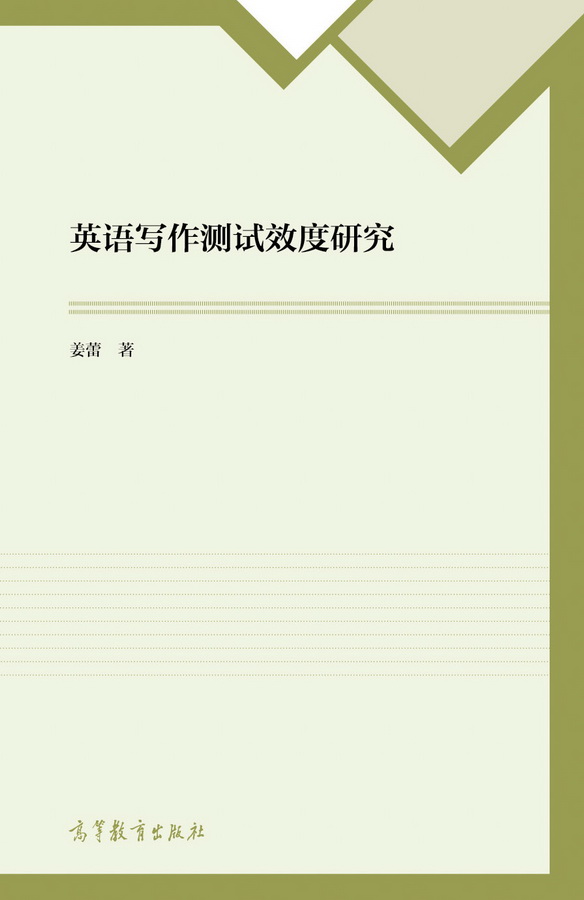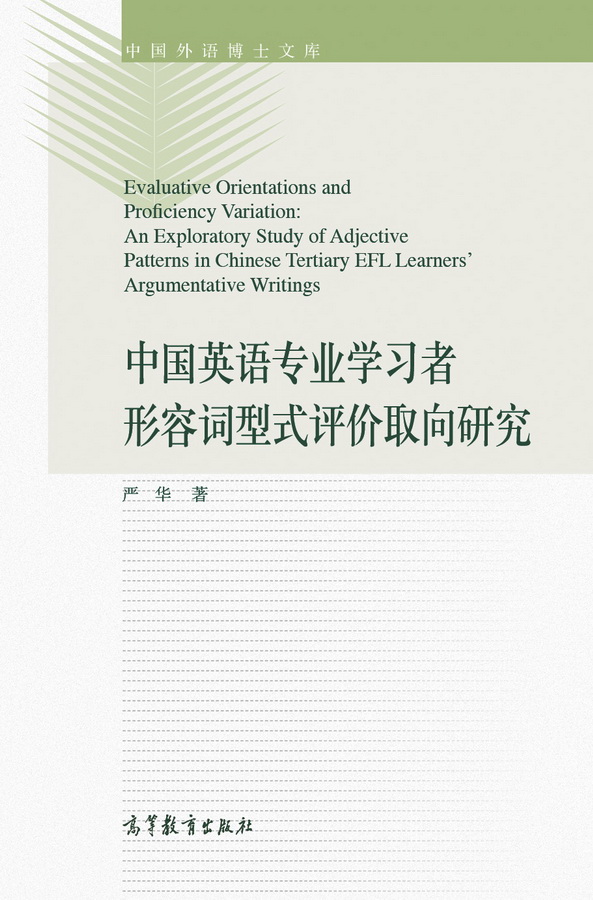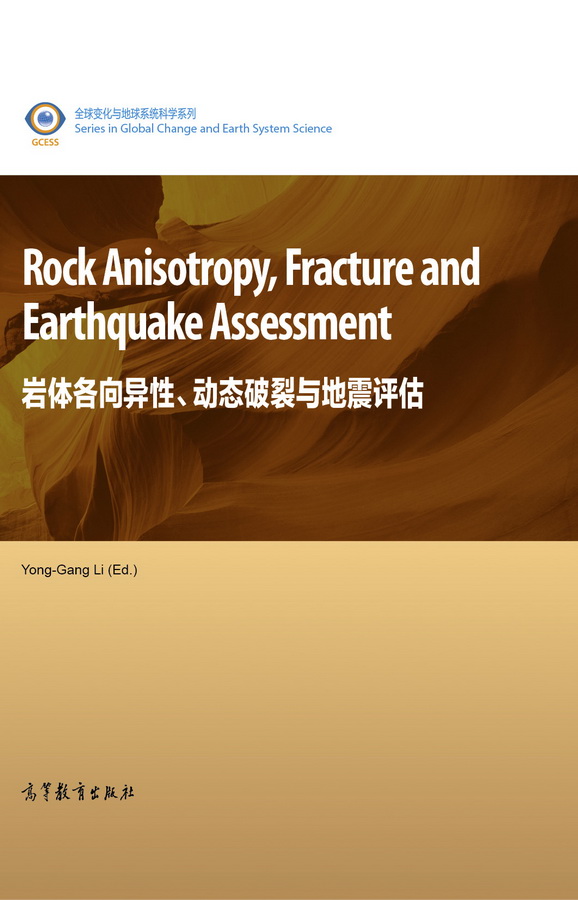第二语言口语表现评分研究:建立分数与考生表现之间的联系
作者: 金檀
出版时间:2018-12-07
出版社:高等教育出版社
- 高等教育出版社
- 9787040443622
- 1
- 239209
- 平装
- 16开
- 2018-12-07
- 223
- 220
- 文学
- 中国语言文学
前辅文
Chapter 1 Introduction
1.1Context of the research
1.2Research questions
1.2.1Research question 1 (Study one)
1.2.2Research question 2 (Study two)
1.2.3Research question 3 (Study three)
1.3Research design overview
1.3.1Study one: traditional scoring
1.3.2Study two: confidence scoring
1.3.3Study three: traditional scoring and confidence scoring
1.4Potential contribution
Chapter 2 Review of the Literature
2.1Early development: linking scores to expert experience
2.1.1Expert experience: the ¡°native speaker¡± benchmark
2.1.2Practice perspective: (I)ELTS (1986 & 1989)
2.2Major contribution: linking scores to rater perception
2.2.1Teacher/Rater interpretation: ¡°scaling descriptors¡±
2.2.2Rater judgment: ¡°binary comparisons¡±
2.2.3Practice perspective: IELTS revision (1998-2001)
2.3Work in progress: linking scores to candidate performance
2.3.1Identifying features from rater perception
2.3.2Identifying features from documents/rating scales
2.3.3Practice perspective: TOEFL iBT and IELTS (operational)
2.4The L2 Chinese context and identifying L2 Chinese features
2.4.1Pronunciation
2.4.2Fluency
2.4.3Vocabulary
2.4.4Grammar
2.5Traditional Scoring and problems of ¡°indistinction¡± and ¡°overlap¡±
2.6Summary
Chapter 3 Study One: Traditional Scoring
3.1Introduction
3.1.1Traditional scoring
3.1.2Research question 1
3.2Method
3.2.1Instrument: an L2 Chinese speaking test
3.2.2Participants
3.2.3Coding
3.2.4Statistical analysis
3.3Results
3.3.1Correlations
3.3.2Standard multiple regression
3.4Discussion
3.5Summary
Chapter 4 Study Two: Confidence Scoring
4.1Introduction
4.1.1Confidence scoring
4.1.2Research question 2
4.2Confidence scoring design
4.2.1Raw confidence scores of adjacent levels
4.2.2Raw confidence scores from different scales
4.2.3Raw confidence scores to a confidence score
4.2.4Score interpretation and use
4.3Pilot study
4.3.1Candidates and instruments
4.3.2Coding system
4.3.3Confidence scores and traditional scores
4.4Discussion
4.5Summary
Chapter 5 Study Three: Traditional Scoring and Confidence Scoring
5.1Introduction
5.1.1Mixed methods: the convergent parallel design
5.1.2Research question 3
5.2Method
5.2.1Quantitative score data
5.2.2Qualitative interview data
5.3Analysis
5.3.1Quantitative data analysis
5.3.2Qualitative data analysis
5.4Results and findings
5.4.1Quantitative results
5.4.2Qualitative findings
5.5Discussion
5.6Summary
Chapter 6 General Discussion and Conclusion
6.1Study one: traditional scoring
6.1.1Constructing rating scales based on candidate performance
6.1.2Establishing a potential alignment of L2 speaking tests
6.2Study two: confidence scoring
6.2.1Applying confidence scoring in other educational contexts
6.2.2Developing computation package for confidence scoring
6.3Study three: traditional scoring and confidence scoring
6.4Limitations
6.5Conclusion
6.6Future agendas: where are we heading?
6.6.1Investigating more features representing the construct
6.6.2Applying confidence scoring to different contexts
6.6.3Combining automated scoring and raters¡¯ scoring
References
Appendices
Appendix 1Holistic rating scale for traditional scoring
Appendix 2The L2 Chinese speaking test
Appendix 3Histograms
Appendix 4Scatterplots
Appendix 5Correlation matrix
Appendix 6Histograms and scatterplots for the residuals (Study one)
Appendix 7Center of gravity (COG) computation details
Appendix 8Rating scales (used in Study two and Study three)
Appendix 9Histograms and scatterplots for the residuals (Study three)
Appendix 10Instructions for using the computation package for confidence scoring

